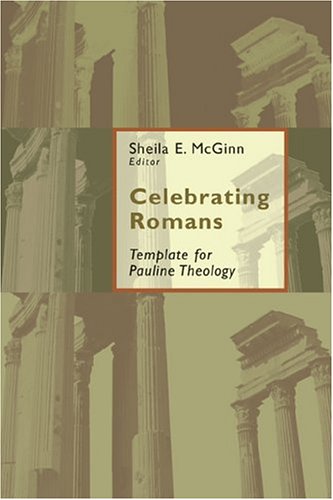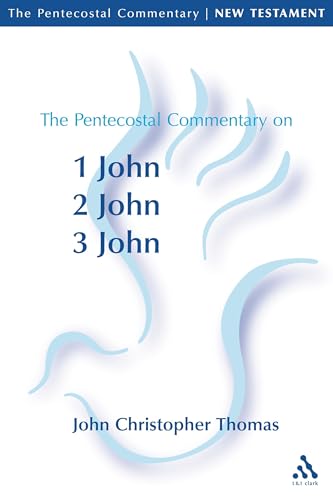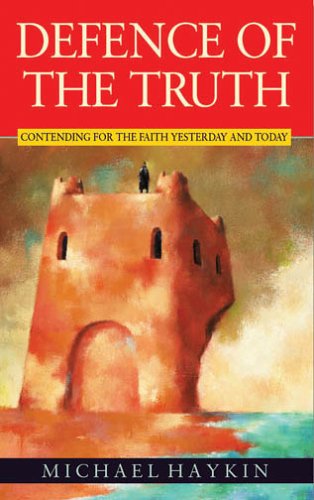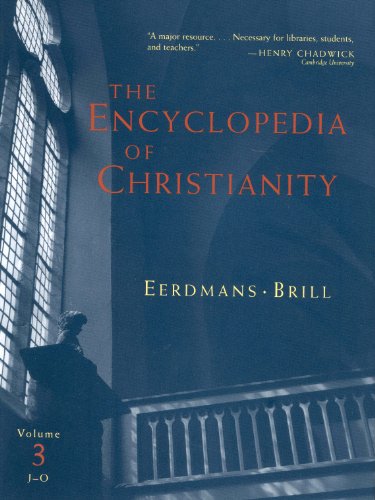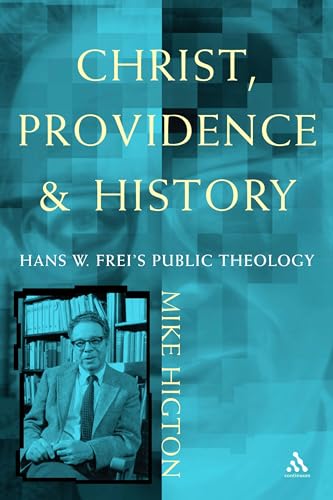JESUS AND MEL GIBSON’S THE PASSION OF THE CHRIST: THE FILM, THE GOSPELS AND THE CLAIMS OF HISTORY
Written by Kathleen E. Corley and Robert L. Webb (eds) Reviewed By John C. McDowellIf Paul was able to observe that the cross of the Christ was a stumbling block to Jews and Greeks, Luther’s theology of the cross can remind that an appropriate account of it can prove to be a stumbling block even to many Christians. For instance, the image to the cross can be domesticated by popular piety and its brutalizing impact illegitimately tamed. In this respect Mel Gibson’s The Passion of the Christ (2004) importantly refuses to shy away from facing up to Passion’s pain for the Christ himself. In this respect the movie, Goodacre avers, valuably portrays a ‘gritty reality’ (34).
But that is only the beginning of the difficulties needing to be crossed. Firstly, any interpretation of the Gospels needs to ask about the relation of those texts to each other and to historical events, and secondly, any cultural product has to ask about the role of self and society in the act of reading. Interpretation is not simply a matter of considering historical accuracy, and certainly not of simplistic historically flat repetitions of the Gospels themselves (the editors rightly ask ‘which Gospel?’), but concerns the contextuality of readers. This collection of papers rather flatly covers the first set of issues, largely avoiding crucial questions of what culturally drives Gibson’s reading and its various receptions (many responses have almost hysterically venerated the movie as redeeming iconography). In that respect Goodacre’s wish that Gibson had used an advisory committee of NT scholars just misses both Gibson’s point and the flow of a powerfully self-assertive Christian voice that simply refuses to consider honestly issues of complexity and perspectivism. There are serious issues of power that need to be attended to—Gibson himself on occasion has let slip what is seemingly a disgust with the very possibility of Gospel-scholarship contributing in any way to his own reading of the Gospels. The closest the essays come to these considerations is Goa’s assessment that Gibson’s portrayal of violence and the heroic participates too uncritically in a culture of death. That worry pervades several of the contributions, so white Goodacre discovers this violence to be more ‘in the service of the traditional depiction of the Passion and not … a perversion of the Gospel’ (34), the damning judgement of Crossan is that the spirit of this Passion play is essentially anti-gospel in the significance of its portrayal of the sadistic brutality.
Other contributors worry about the portrayal of the Jews, Pilate, Judas, the trials, and the crucifixion itself, and the broad consensus is that Gibson’s interpretation has distorted, at the very least, the letter of the Gospel-materials. That Gibson is an interpreter, a performer of the Gospel traditions, should really not be surprising—he himself admits as much in several interviews. But it should at least disrupt lazy versions of talk of the accuracy and faithfulness to the Gospels—after all, the director tends to read the Gospels out of Anne Catherine Emmerich’s visions, as Crossan observes. And yet much of the popular acclaim the movie generated, and even several of Gibson’s own reflective comments, seem to suggest that Gospel-reading is a rather unproblematically straightforward enterprise.
While this collection contains some appreciation for The Passion the overwhelming feeling is that the scandal it causes is not the scandal of the Gospel as such, but rather the scandal of a distinctly problematic Gospel-reading—a scandal better spoken of in terms of betrayal of the Christ-memory. In the main, this collection really hardly scratches the surface, but it is at least broadly a decent start.
John C. McDowell
New College, University of Edinburgh



